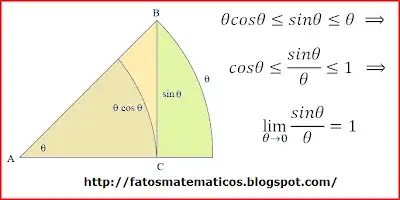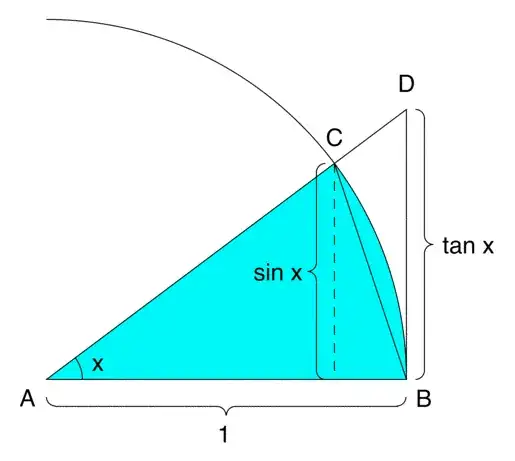Questions:
(A) Calculate
$$\lim_{x \to \frac{\pi}{2}} \frac{\cot x}{2x - \pi}$$
(B) Calculate
$$\lim_{x ~\to~0^{+}} x^{3}e^{\frac{1}{x}}$$
without using L'Hospital's Rule.
Attempted solution:
(A)
Using the definition of $\cot x$ gives:
$$\lim_{x \to \frac{\pi}{2}} \frac{\cot x}{2x - \pi} = \lim_{x \to \frac{\pi}{2}} \frac{\frac{\cos x}{\sin x}}{2x - \pi} = \lim_{x \to \frac{\pi}{2}} \frac{1}{\sin x} \cdot \frac{\cos x}{2x - \pi}$$
Since the first term will turn out to be 1, I carry on without it and making the substitution $y = x - \frac{\pi}{2}$ as well as the fact that $\cos x = \cos (-x)$:
$$= \lim_{y \to 0} \frac{\cos (y+\frac{\pi}{2})}{2y} = \lim_{y \to 0} \frac{\cos (-y-\frac{\pi}{2})}{2y}$$
Using the subtraction formula for cosine gives:
$$ = \lim_{y \to 0} \frac{\cos(-y) \cos \frac{\pi}{2} + \sin(-y) \sin{\frac{\pi}{2}}}{2y} = \lim_{y \to 0} \frac{\sin(-y)}{2y} =$$ $$ \lim_{y \to 0} \frac{- \sin(y)}{2y} = -\frac{1}{2}\lim_{y \to 0} \frac{\sin(y)}{y} = -\frac{1}{2} \cdot 1 = -\frac{1}{2}$$
Does this look reasonable?
(B)
I know that the limit does not exist (it "becomes" $\infty$). I figure that $e^{x}$ is continuous function with respect to x and so:
$$\lim_{x ~\to~0^{+}} x^{3}e^{\frac{1}{x}} = \lim_{x ~\to~0^{+}} x^{3} \cdot \lim_{x ~\to~0^{+}} e^{\frac{1}{x}} = 0 \cdot e^{\lim_{x ~\to~0^{+}} \frac{1}{x}} $$
I am not sure where to go on from here. Will it be an argument based on $\frac{1}{x}$ growing faster towards infinity than $x^3$ shrinks towards $0$? Or is there a smart algebraic trick that can be used?
In many cases, the limit appears to give a "zero times infinity" expression, but after figuring out the secret steps you can change it to something that you can calculate the limit from. How do you know when to stop trying and declare that the limit does not exist?

